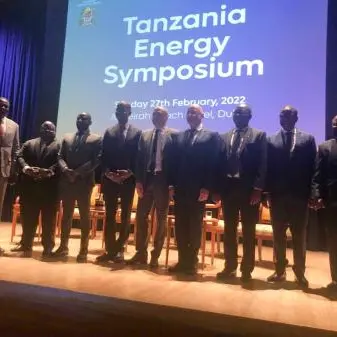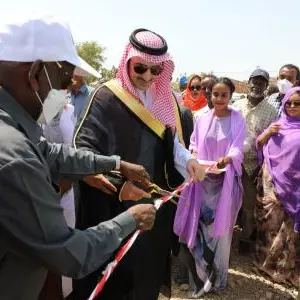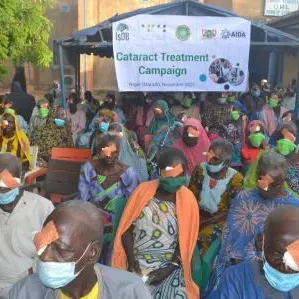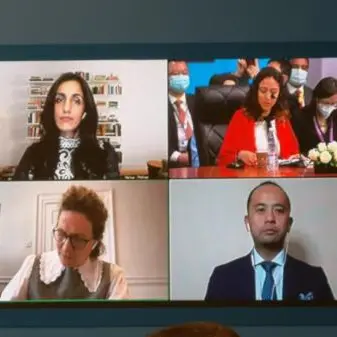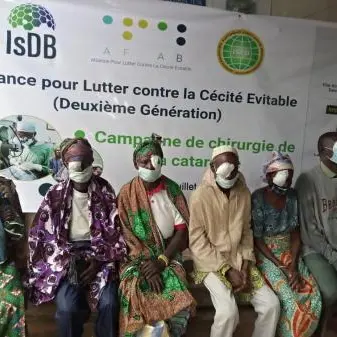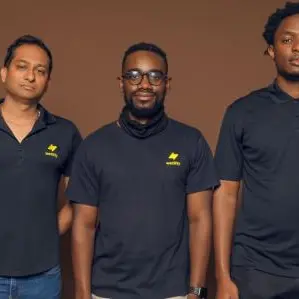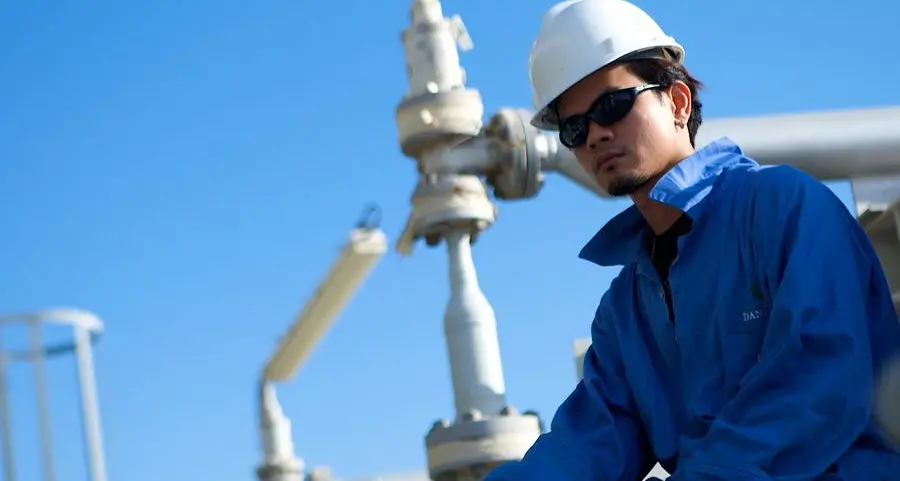
South Africa plans to add 14,500 MW of nuclear capacity by 2050 under its 2023 Integrated Resource Plan – currently in the draft stage. At the same time, the country targets over 7,000 MW of natural gas capacity as it moves to address persistent power supply challenges.
A panel discussion at the second annual Invest in African Energy Forum – organized by Energy Capital&Power - in Paris unpacked opportunities across both the country and broader region’s energy sector. Speakers highlighted untapped opportunities in nuclear, mineral development and natural gas, advocating for a diversified energy mix to support economic growth.
Paul Eardley-Taylor, Head of Oil and Gas Coverage Southern Africa at Standard Bank, drew insight into recent milestones across the regional energy market, spotlighting Mozambique’s offshore gas projects, Namibia’s string of oil and gas discoveries and Zimbabwe’s onshore gas exploration. Given the energy crisis in South Africa, these initiatives stand to support energy security through regional trade.
"Since 2022, Namibia has made 11 discoveries. The big announcement was made by Galp [this year], which announced 10 billion barrels of oil in place at the Mopane well. There is a scenario where Namibia has about 8 billion barrels of oil recoverable. This is good news for South Africa in that the Orange Basin - where these discoveries were made - extends to the country,” Eardley-Taylor stated.
Diversification of the energy mix and the utilization of critical minerals were further explored by the panelists. Dr. Sama Bilbao y León, Director General of the World Nuclear Association, advocated for nuclear power as a clean transitional energy source. Dr. León noted, "Africa’s priority is to energize. This is why we are trying to explain why nuclear can be a true contributor [to supply]. Nuclear energy is the only carbon-free energy resource that can produce electricity and heat at the same time.”
Dr. León highlighted some of the challenges associated with nuclear development. She underscored the substantial infrastructure requirements of nuclear projects, with construction times spanning ten years but providing energy supply for the next century.
She asked: "The real question is not how much does it cost to invest in energy but how much does it cost not to invest in energy."
Building on Dr. León's remarks, Calib Cassim, Chief Financial Officer of Eskom, discussed South Africa's plans to increase nuclear power capacity by an additional 2,500 MW between the period 2031 and 2035. Faced with an energy crisis, South Africa is exploring diversification options for its power supply. In addition to nuclear, Cassim stressed the need for transition fuels such as natural gas, stating “While we move to renewables, we need some transition fuels. Gas is critical and part of our mix going forward. We will invest 3,000 MW in Richard’s Bay gas. You can’t industrialize without power; we need to come together and stabilize the economy.”
Distributed by APO Group on behalf of Energy Capital&Power.
